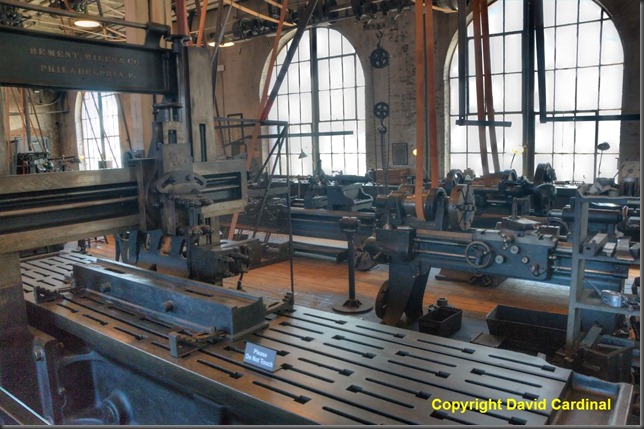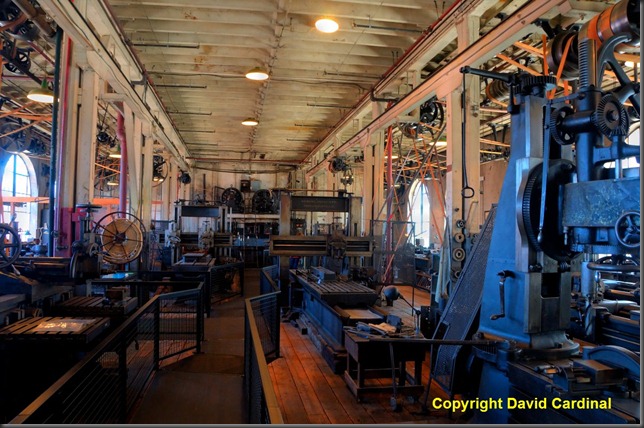- Photo Safaris
- Alaska Bears & Puffins World's best Alaskan Coastal Brown Bear photo experience. Small group size, idyllic location, deluxe lodging, and Puffins!
- Participant Guestbook & Testimonials Candid Feedback from our participants over the years from our photo safaris, tours and workshops. We don't think there is any better way to evaluate a possible trip or workshop than to find out what others thought.
- Custom Photo Tours, Safaris and Personal Instruction Over the years we've found that many of our clients & friends want to participate in one of our trips but the dates we've scheduled just don't work for them or they'd like a customized trip for their family or friends.
- Myanmar (Burma) Photo Tour Myanmar (Burma) Photo Tour December 2017 -- with Angkor Wat option
- Reviews Go hands-on
- Camera Reviews Hands-on with our favorite cameras
- Lens reviews Lenses tested
- Photo Accessories Reviews Reviews of useful Photo and Camera Accessories of interest to our readers
- Useful Tools & Gadgets Handy tools and gadgets we've found useful or essential in our work and want to share with you.
- What's In My Camera Bag The gear David Cardinal shoots with in the field and recommends, including bags and tools, and why
- Articles About photography
- Getting Started Some photography basics
- Travel photography lesson 1: Learning your camera Top skills you should learn before heading off on a trip
- Choosing a Colorspace Picking the right colorspace is essential for a proper workflow. We walk you through your options.
- Understanding Dynamic Range Understanding Dynamic Range
- Landscape Photography Tips from Yosemite Landscape Photography, It's All About Contrast
- Introduction to Shooting Raw Introduction to Raw Files and Raw Conversion by Dave Ryan
- Using Curves by Mike Russell Using Curves
- Copyright Registration Made Easy Copyright Registration Made Easy
- Guide to Image Resizing A Photographers' Guide to Image Resizing
- CCD Cleaning by Moose Peterson CCD Cleaning by Moose Peterson
- Profiling Your Printer Profiling Your Printer
- White Balance by Moose Peterson White Balance -- Are You RGB Savvy by Moose Peterson
- Photo Tips and Techniques Quick tips and pro tricks and techniques to rapidly improve your photography
- News Photo industry and related news and reviews from around the Internet, including from dpreview and CNET
- Getting Started Some photography basics
- Resources On the web
- My Camera Bag--What I Shoot With and Why The photo gear, travel equipment, clothing, bags and accessories that I shoot with and use and why.
- Datacolor Experts Blog Color gurus, including our own David Cardinal
- Amazon Affiliate Purchases made through this link help support our site and cost you absolutely nothing. Give it a try!
- Forums User to user
- Think Tank Photo Bags Intelligently designed photo bags that I love & rely on!
- Rent Lenses & Cameras Borrowlenses does a great job of providing timely services at a great price.
- Travel Insurance With the high cost of trips and possibility of medical issues abroad trip insurance is a must for peace of mind for overseas trips in particular.
- Moose Peterson's Site There isn't much that Moose doesn't know about nature and wildlife photography. You can't learn from anyone better.
- Journeys Unforgettable Africa Journeys Unforgettable -- Awesome African safari organizers. Let them know we sent you!
- Agoda International discounted hotel booking through Agoda
- Cardinal Photo Products on Zazzle A fun selection of great gift products made from a few of our favorite images.
- David Tobie's Gallery Innovative & creative art from the guy who knows more about color than nearly anyone else
- Galleries Our favorite images
Thomas Edison—An Industrialist for Everyman
Thomas Edison—An Industrialist for Everyman
Submitted by David Cardinal on Wed, 04/20/2011 - 14:15
 The history of America is rife with rags to riches stories, often including the protagonist becoming a wealthy robber-baron, traveling around the world on a yacht directing his empire by remote control and late in life giving away incalculable sums of money to help leave a positive legacy.
The history of America is rife with rags to riches stories, often including the protagonist becoming a wealthy robber-baron, traveling around the world on a yacht directing his empire by remote control and late in life giving away incalculable sums of money to help leave a positive legacy.
So it was amazingly refreshing to tour Thomas Alva Edison’s West Orange laboratories and become steeped in the history of a man who never rested and never even changed much as he became amazingly wealthy and influential. Year after year he started new projects often leading to new companies all while working shoulder to shoulder with his 150 fellow “muckers” in the labs. His companies ran the gamut from cement to movie making with the battery being one of his most lucrative and the electric lightbulb his best known.
Perhaps only Walt Disney (at least of those that come to my mind) was the near equal of Edison in terms of his involved passion and eventual influence. Of course its easy to argue that Edison’s inventions were more transformative since they helped bring light and sound to much of the world.
In a way similar to his friends Henry Ford and Harvey Firestone Edison also helped usher in the great age of American industrialism. He surrounded his labs with factories which produced his companies’ products, employing over 10,000 North Jersey workers at their peak.
Edison’s breadth as a scientist, inventor and entrepreneur is quickly apparent from the shops at his lab. Starting with a state of the art Chemistry lab where he worked on the battery and on a natively produced rubber from plant hybrids to an array of wood and metal machine shops where the specialized tooling for his factories was created the labs also included a recording studio for his phonograph and music company, a record vault, a movie studio and a full up photo lab for documenting everything.
Realizing the value of research he had a library that for science was probably the Google of its day and a storeroom where he stocked every material he could find in the world in case one of his researchers needed to sample or test it for a project.
He clocked in and out like any of his employees so time spent could accurately be allocated to each of the projects and from looking at the records spent more time at the lab than most of them—periodically venturing the 1/2 mile to his beautiful estate to spend time with his family.
Hats off to a different kind of American hero.
Photographing the shops proved tricky as they are not well lit now (perhaps they never were) and tripods are not allowed for visitors per National Park Service rules. So I used a combination of high ISO to deal with the dim conditions and HDR to help with the back light of the large windows to try to convey what the labs might have been like.
- Log in to post comments




